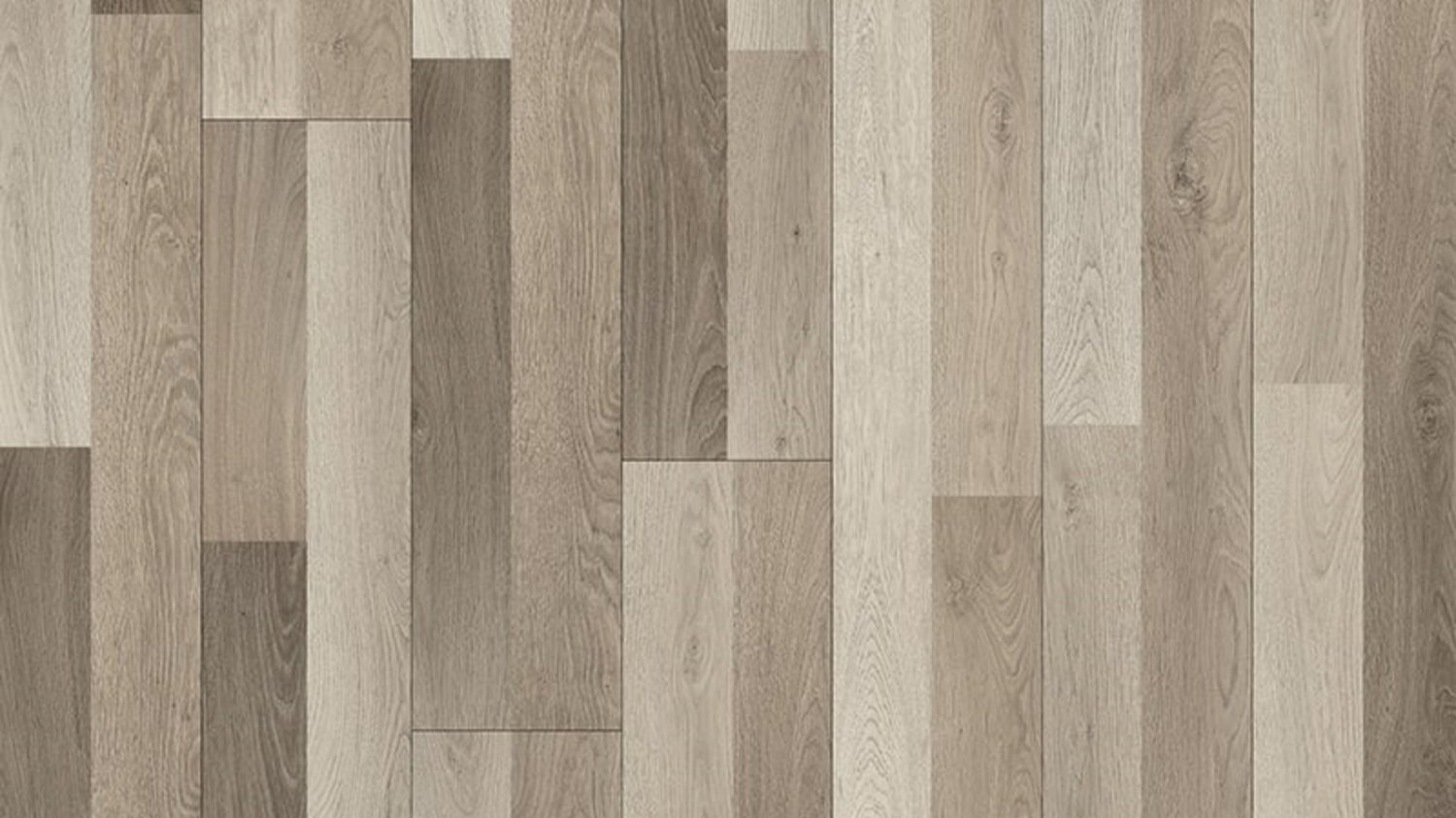When it comes to flooring options, homeowners are increasingly making eco-friendliness a top priority. Non-Toxic Wood Composite Flooring is an ideal way to go green without compromising on style, functionality or durability. Here’s everything you need to know about eco-friendly wood composite flooring.
What is Non-Toxic Wood Composite Flooring?
Non-toxic wood composite flooring is made using recycled materials and natural hardwood fibers. These materials are compressed and bonded with resins to create a sturdy, long-lasting flooring option that is environmentally friendly. The result is a durable material that is resistant to wear and tear, moisture, stains, and scratches.
Types of Non-Toxic Wood Composite Flooring
Non-toxic wood composite flooring comes in a variety of styles and finishes. You can choose from wide planks, thin planks or tiles, and from a range of colors and finishes that mimic the natural look of hardwood flooring. Some of the most popular finishes include distressed, hand-scraped, and wire-brushed looks.
Benefits of Non-Toxic Wood Composite Flooring
There are several benefits to choosing non-toxic wood composite flooring. Firstly, it is an eco-friendly solution because it utilizes recycled materials and naturally occurring wood fibers. It is also a durable option that is resistant to wear and tear, moisture, and scratches. Furthermore, the wide range of styles and finishes available ensures that there is a look to suit any décor style.
Installation of Non-Toxic Wood Composite Flooring
Non-toxic wood composite flooring can be installed like any other type of hardwood flooring. The individual planks or tiles are laid out and secured together by adhesive or via a “click and lock” system. It can be installed over virtually any type of subfloor, from concrete to wood, and is an affordable, easy-to-install option.
Maintenance of Non-Toxic Wood Composite Flooring
Maintaining non-toxic wood composite flooring is easy. Simply sweep or vacuum the floor regularly, wipe up any spills immediately, and use only products that are gentle and non-abrasive. Avoid using harsh chemicals or excess water which can damage the flooring.
Cost of Non-Toxic Wood Composite Flooring
Non-toxic wood composite flooring is a budget-friendly option compared to hardwood flooring. While the price ranges depending on location, style and quality, it is generally more affordable than hardwood flooring. You can expect to spend between $3 to $8 per square foot which includes both the material and installation fees.
Sustainability of Non-Toxic Wood Composite Flooring
Non-toxic wood composite flooring is a sustainable option that supports the eco-system. It is made from recycled and natural materials, which reduces the demand for new timber and reduces the amount of waste that goes into landfills. Furthermore, it is energy efficient as the manufacturing process releases fewer pollutants and greenhouse gases into the environment.
Health Benefits of Non-Toxic Wood Composite Flooring
Non-toxic wood composite flooring is a healthier option compared to traditional hardwood flooring that is often treated with toxic chemicals such as formaldehyde. Non-toxic flooring is free from harmful toxins and is an excellent choice for families with children or pets. It also improves indoor air quality and reduces the risk of allergies and respiratory problems.
Where to Buy Non-Toxic Wood Composite Flooring
Non-toxic wood composite flooring is available at most home improvement stores such as Lowe's and Home Depot. Online retailers like Amazon and Wayfair and flooring distributors like Lumber Liquidators also carry wood composite flooring. It is always recommended to research the product before purchasing to make sure it meets your specific needs and budget.
In Conclusion
Non-toxic wood composite flooring is a durable, versatile, and environmentally friendly flooring option that is easy to install and maintain. It is perfect for those who want to go green without compromising on style and functionality. With its many benefits, you can rest easy knowing that you are doing your part for the planet while improving your home’s aesthetics and value.

